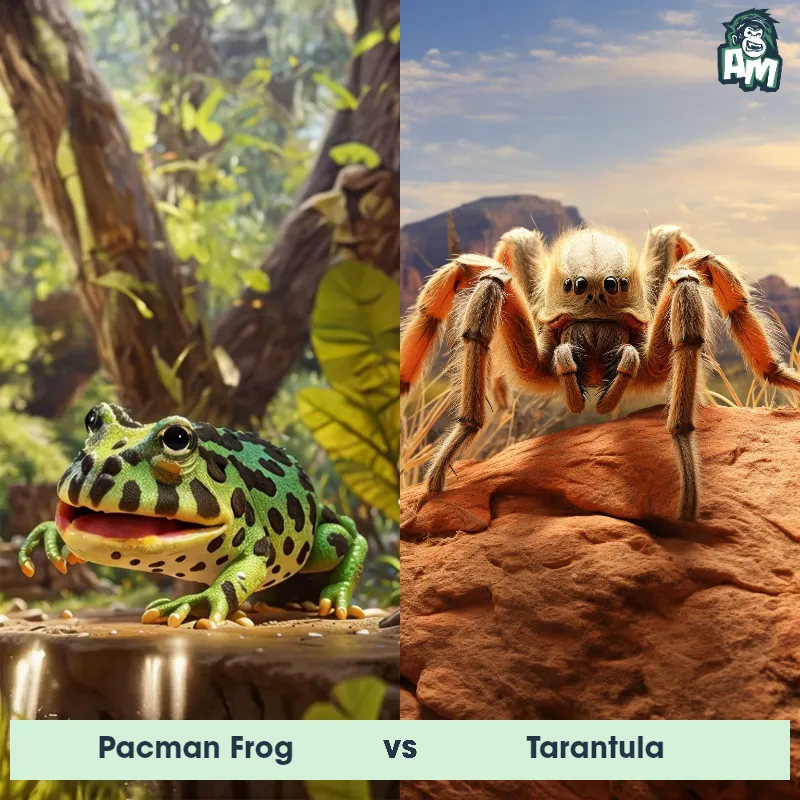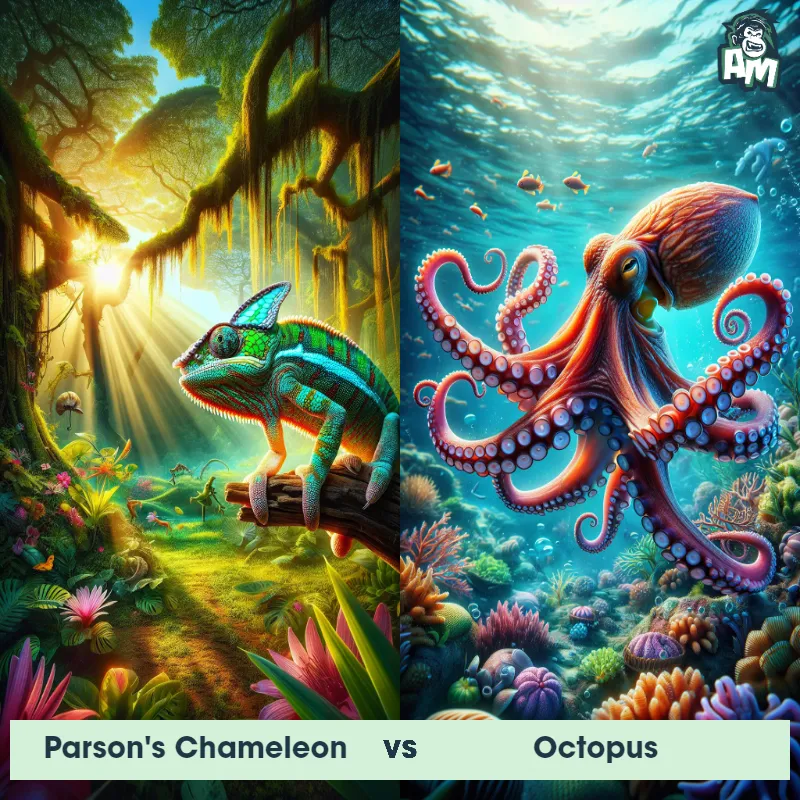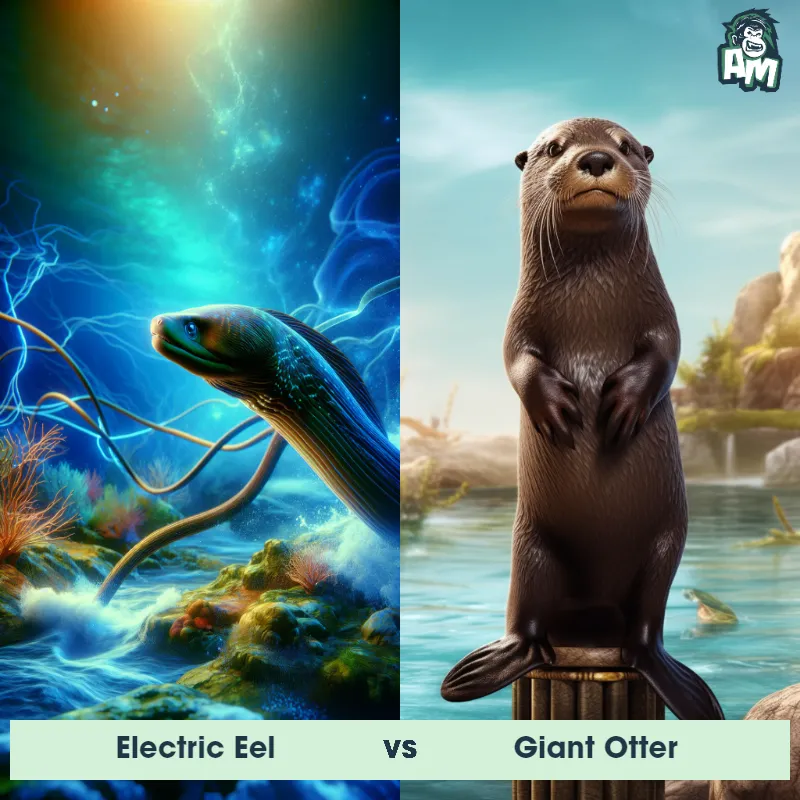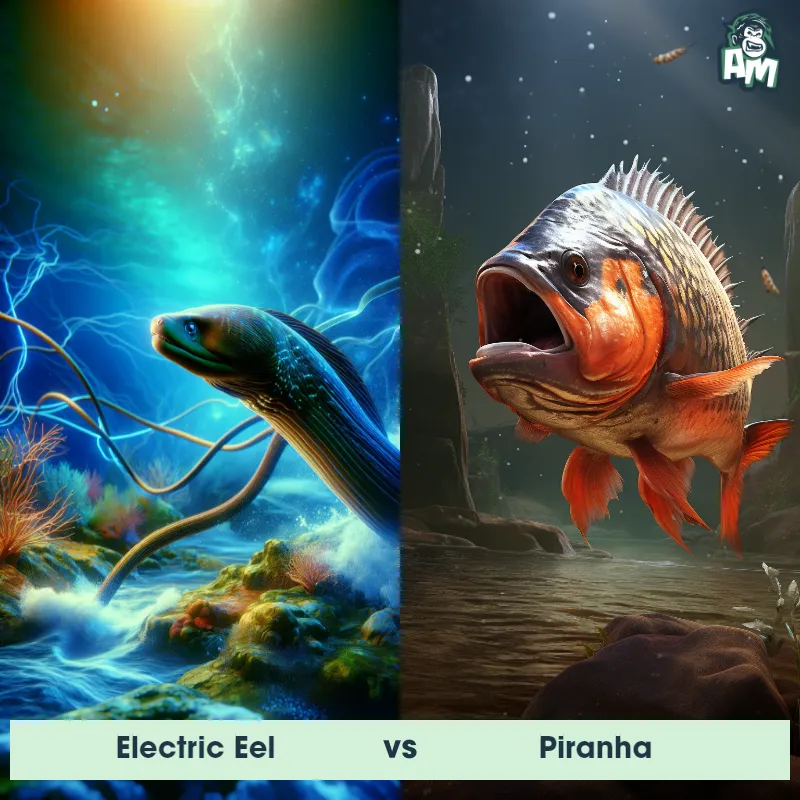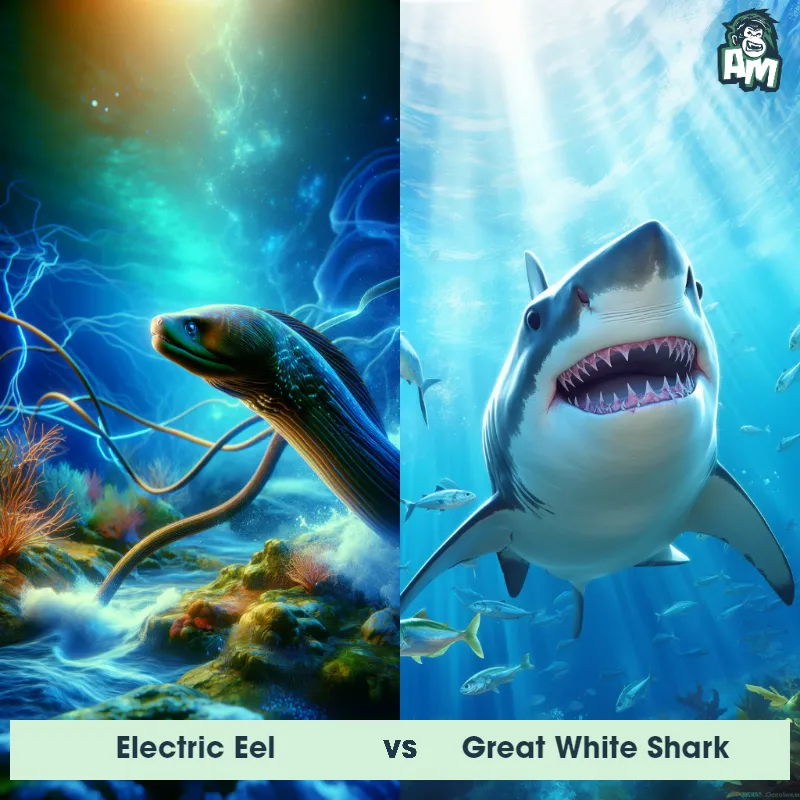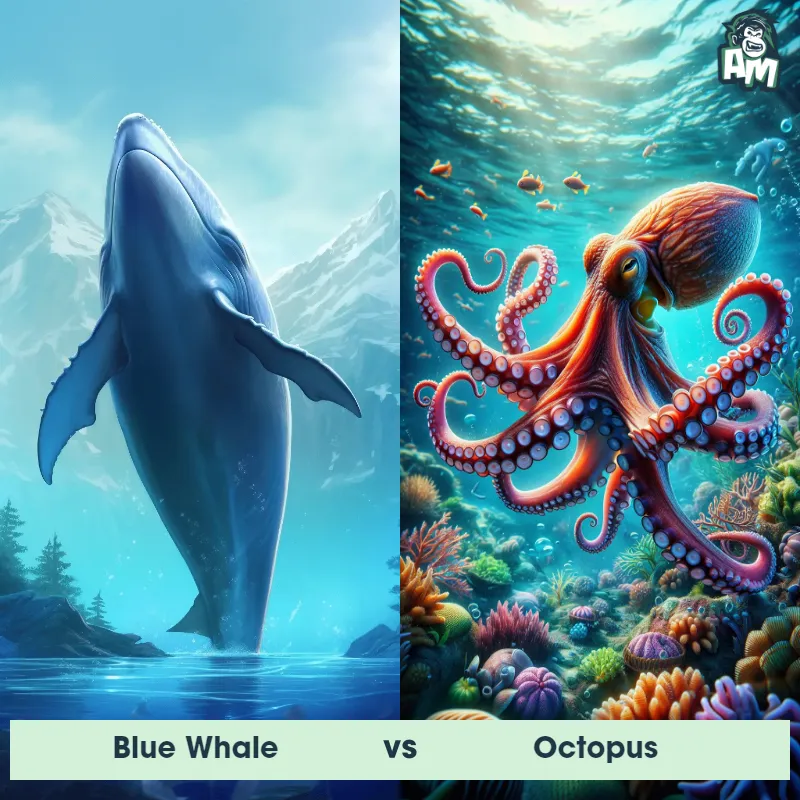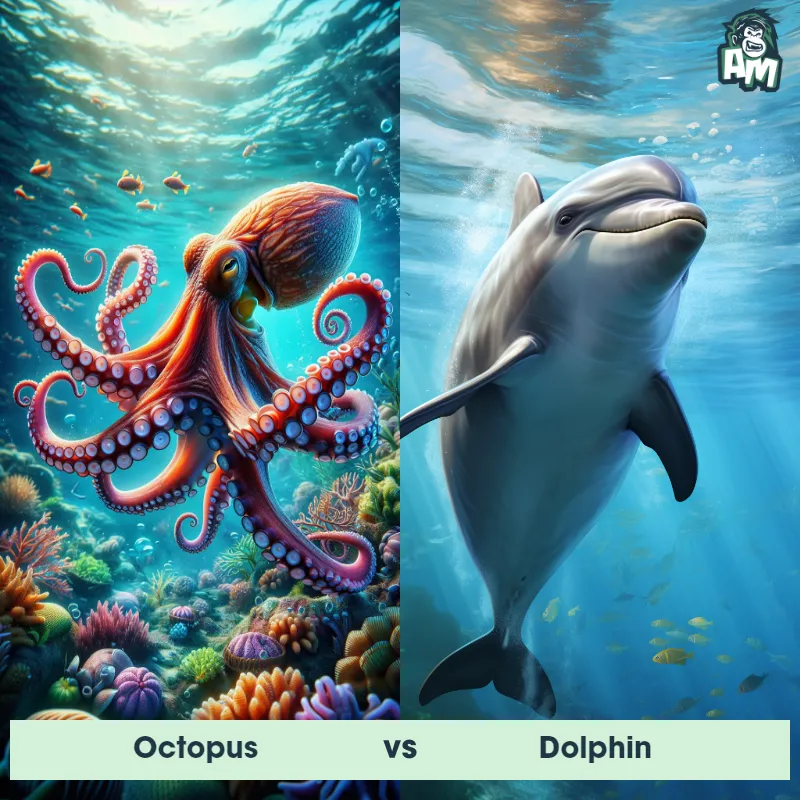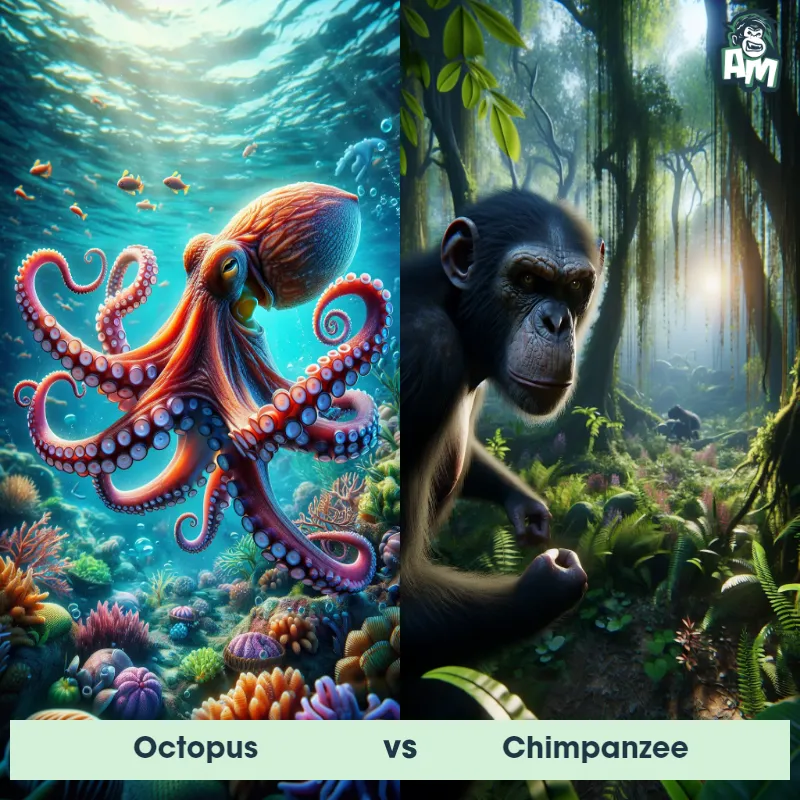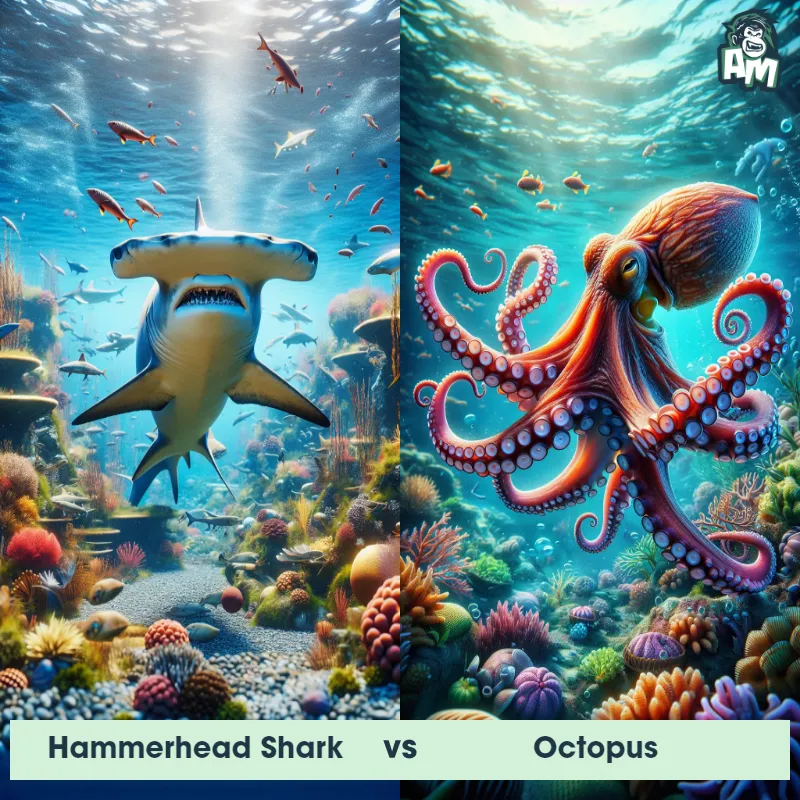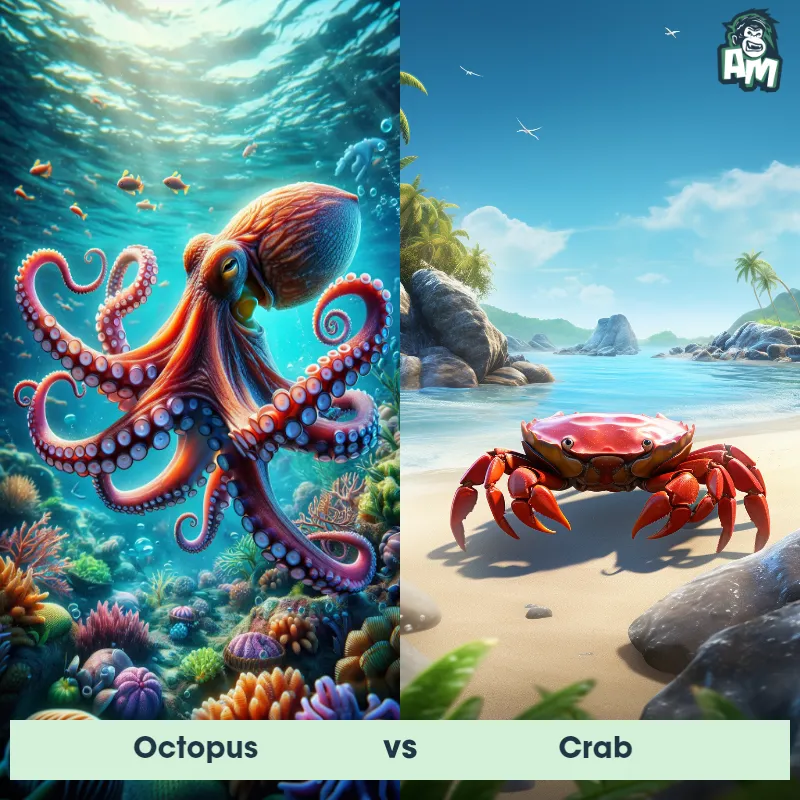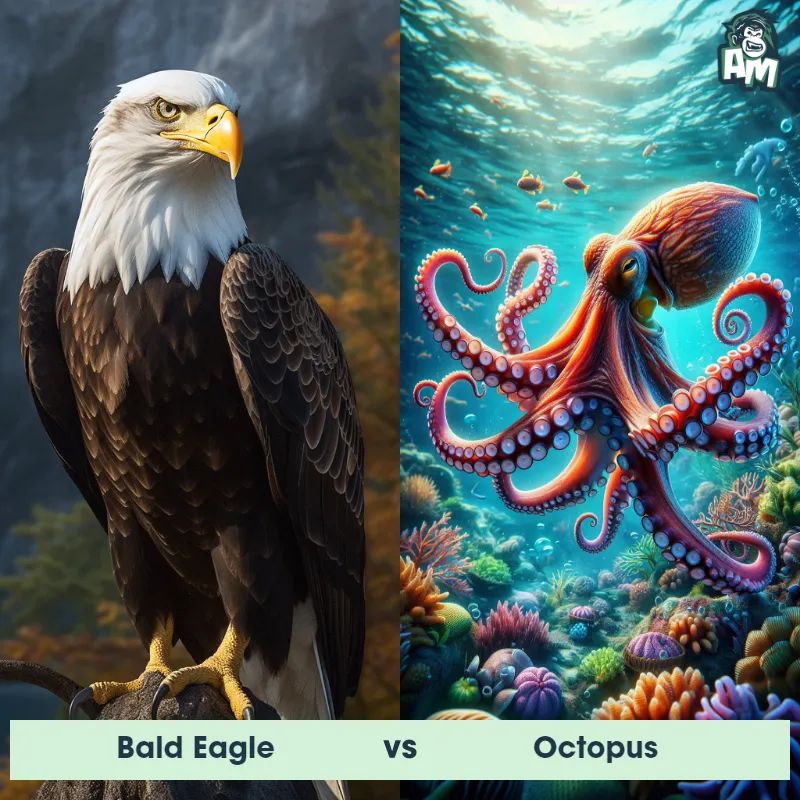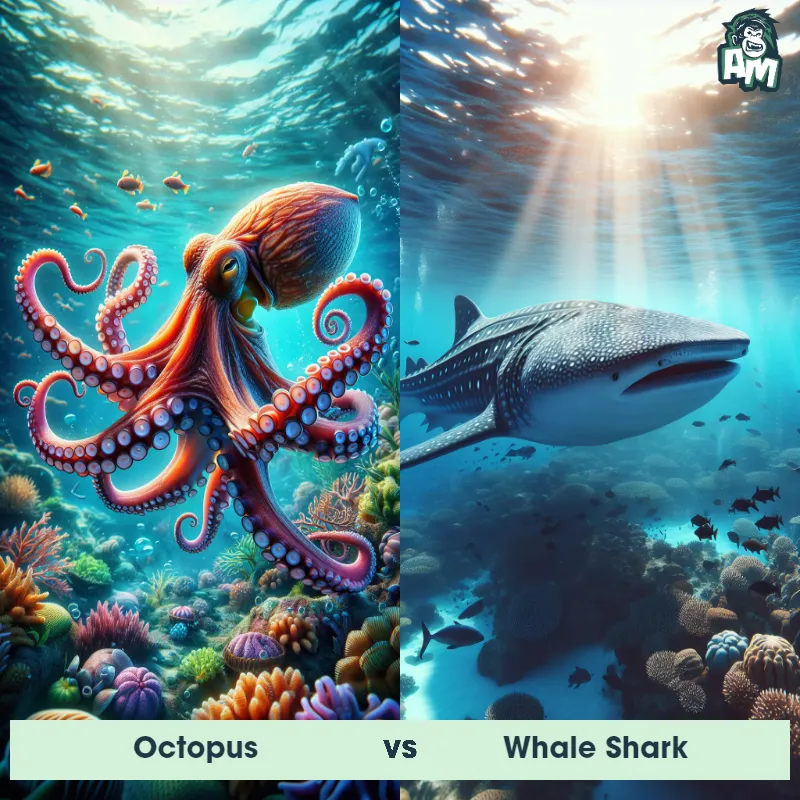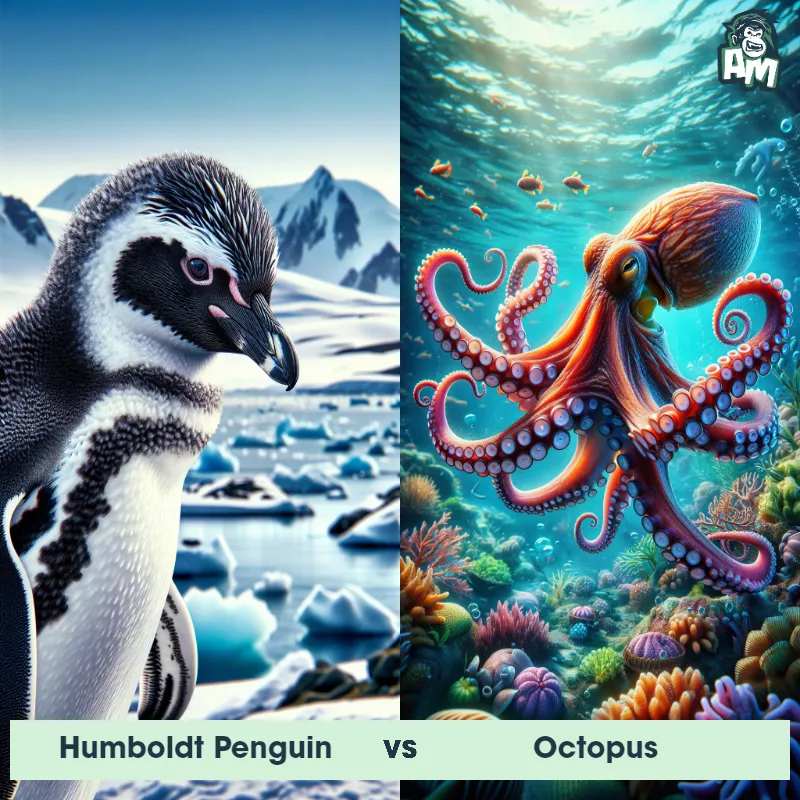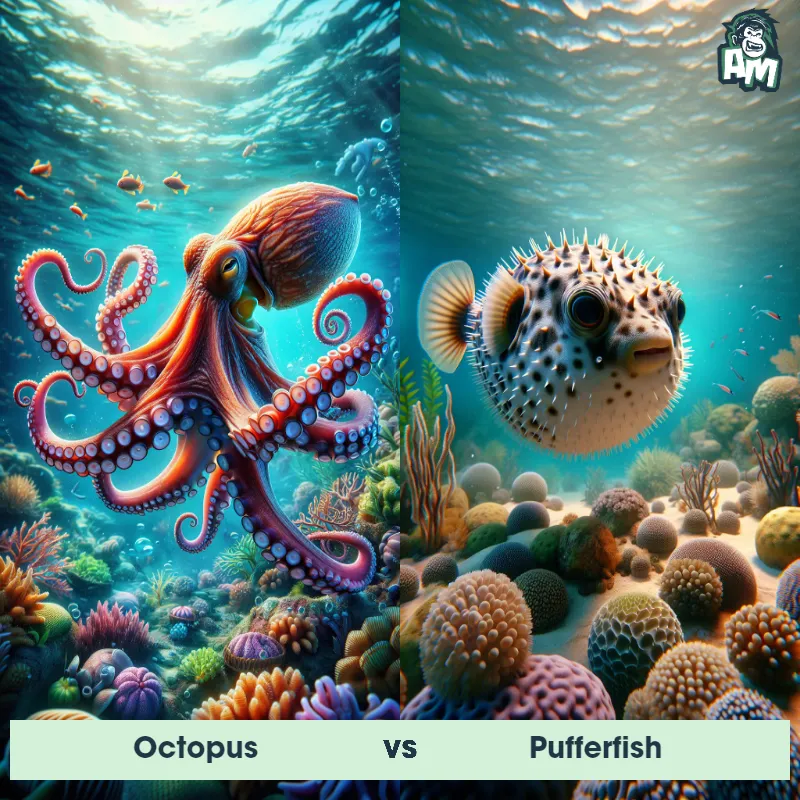Electric Eel vs OctopusSee Who Wins
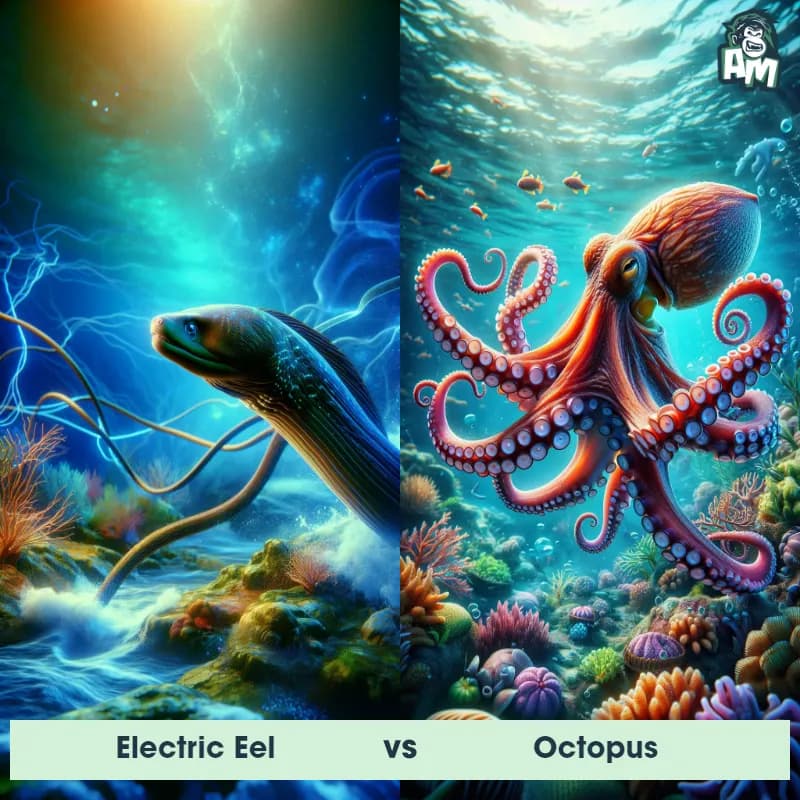
Ladies and gentlemen, welcome to this electrifying showdown between the Electric Eel and the Octopus! Two fierce competitors ready to engage in a thrilling battle of strength and strategy. The atmosphere in here is buzzing with anticipation as these creatures get ready to square off in three intense rounds. Buckle up, folks, because this is going to be one electrifying matchup!
Contender 1: Electric Eel
The Electric Eel, also known as the Electrophorus electricus, is a freshwater fish found in the Amazon and Orinoco River basins in South America. Despite its name, it is not an eel but rather a type of knifefish. It can grow up to 8 feet long and weigh up to 44 pounds. The Electric Eel has a unique ability to generate electric shocks of up to 600 volts, which it uses for hunting and self-defense.
Fun Fact: The Electric Eel's electric shocks are so powerful that they can stun or kill prey, as well as deter predators such as caimans and humans.
Contender 2: Octopus
The octopus is a fascinating marine creature known for its rounded body, large eyes, and eight long arms lined with suckers. They belong to the class of mollusks known as cephalopods and are widely regarded as the most intelligent invertebrates. The octopus's skin color and texture can change dramatically, a trait used for both communication and camouflage. Octopuses are carnivorous, feeding mainly on crabs, shrimp, and other small sea creatures.
Fun Fact: Octopuses have three hearts; two pump blood to the gills, while the third pumps it to the rest of the body.
Matchup Stats
| Electric Eel | Octopus | |
|---|---|---|
| Size | Up to 8 feet (2.4 meters) | Varies by species, from 1 inch (2.5 cm) to 14 feet (4.3 m) in arm span |
| Weight | Up to 44 pounds (20 kilograms) | Varies by species, from less than 1 ounce (28 grams) to 600 pounds (272 kilograms) for the largest species, the Giant Pacific Octopus |
| Speed | Speed: 0.6 mph (0.97 km/hr) | 25mph (40km/h) |
| Key Strength | Electric shocks of up to 600 volts | High intelligence, ability to change skin color and texture for camouflage, and use of ink for defense |
| Biggest Weakness | Vulnerable to physical attacks | Soft body with no skeletal structure, making them vulnerable to larger predators |
Current Votes
Electric Eel vs Octopus
See Who Wins
View More Matches
Looking For More?
Similar Matches
Scientific Stats
| Electric Eel | Octopus | |
|---|---|---|
| Scientific Name | Electrophorus electricus | Octopoda |
| Family | Electrophoridae | Octopodidae |
| Habitat | Freshwater | Marine environments, from shallow coastal waters to deep-sea trenches |
| Geography | Amazon and Orinoco River basins in South America | Worldwide, in all oceans |
| Diet | Fish, amphibians, and small mammals | Carnivorous, feeding mainly on crabs, shrimp, and other small sea creatures |
| Lifespan | 15 years - 22 years | 1 year - 5 years |
Key Differences between Electric Eel and Octopus
- Electrogenic organs: One unique feature of the Electric Eel is its ability to generate electric shocks for hunting, communication, and self-defense, thanks to specialized organs, while Octopuses do not possess any electric organs.
- Body shape: The Electric Eel has a long and cylindrical body, resembling a snake, whereas the Octopus has a soft-bodied and rounded shape with a distinct head and tentacles.
- Size: The Electric Eel is typically much larger than the Octopus, capable of reaching lengths up to 8 feet, while the Octopus generally ranges from a few inches to a few feet in length.
- Coloration: Electric Eels are usually dark gray or brownish in color, blending with their habitat, whereas Octopuses display a wide range of vibrant color patterns and can change their skin color and texture for camouflage or communication.
- Texture: Electric Eels have smooth and slimy skin, enabling them to move more easily through water, while Octopuses have a rougher skin covered in suction cups on their tentacles.
- Appendages: Electric Eels possess only a long tail, which they use for propulsion and navigation, whereas Octopuses have eight flexible arms with suction cups for capturing prey and manipulating objects.










